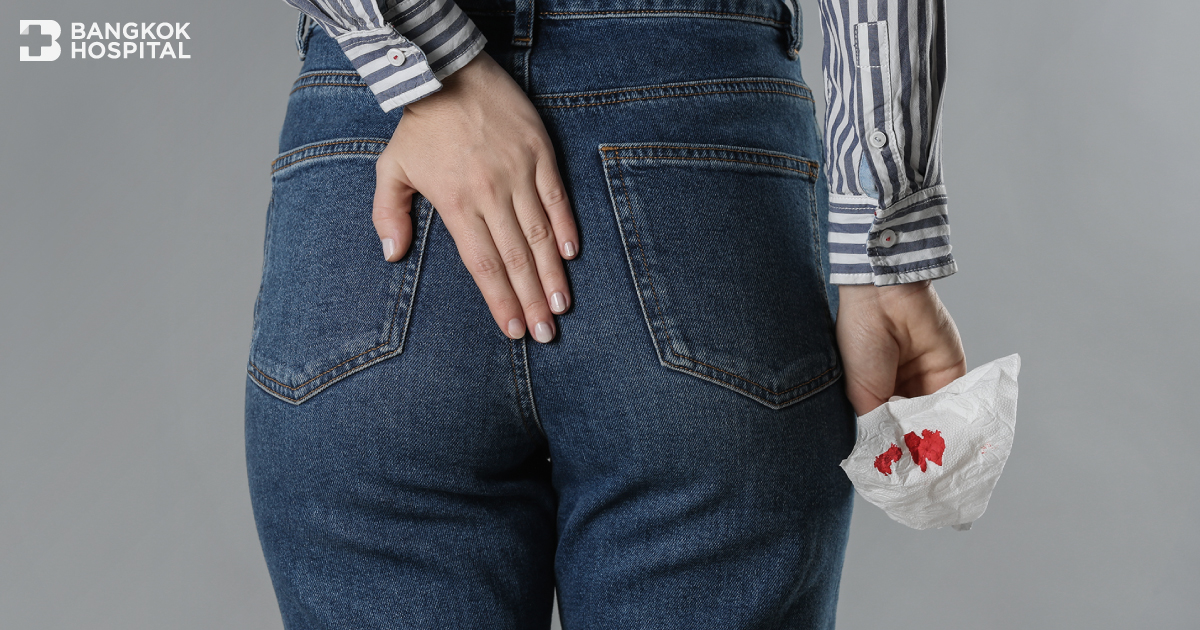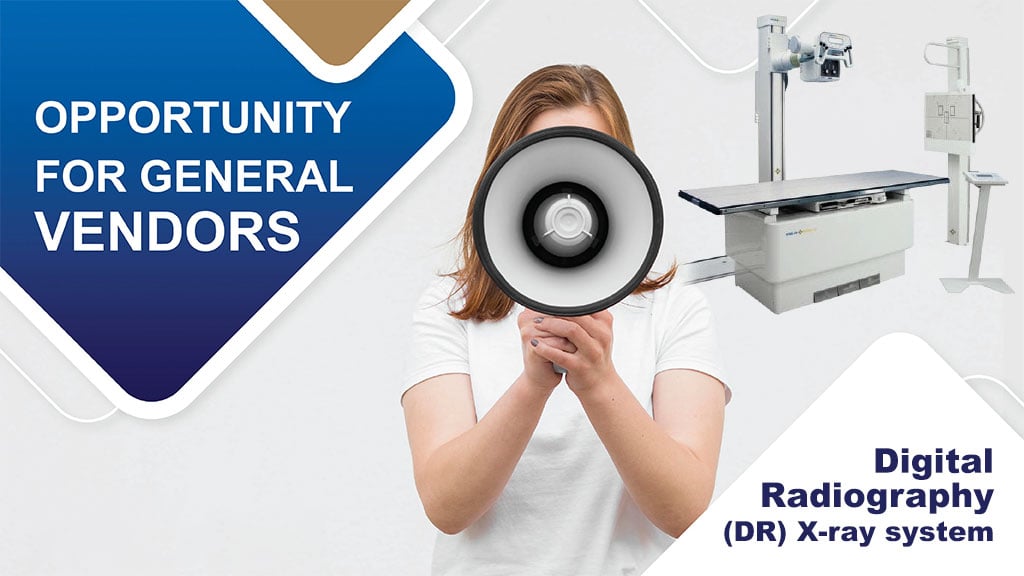Be Careful!!! Hemorrhoid Can Burst If Becomes Thrombosed.
Hemorrhoids are swollen veins within and around the anal canal. The veins around the anus tend to stretch under the increased pressure and may be swollen. If you have experienced an acute anal pain with per rectal bleeding related to the bowel movements, it is highly recommended to seek for an urgent medical attention. This could be the signs and symptoms of ruptured hemorrhoids.
Get To Know Ruptured Hemorrhoids
If a blood clot forms inside the hemorrhoids, it can become thrombosed and eventually burst, once the internal pressure increases (during the excessive straining from either constipation or diarrhea).
Signs And Symptoms Of Ruptured Hemorrhoids
Warning signs and symptoms indicating ruptured hemorrhoids include:
- Palpable painful lump at the anal opening
- Persistent per rectal bleeding
- Severe pain, irritation and swelling around the anus
Severity Of Ruptured Hemorrhoids
If the hemorrhoid bursts, an emergency care must be sought. The serious complication that’s caused by excess blood loss are dizziness, faintness or even hypotension/shock. However, per rectal bleeding can also be a particular sign of other disease conditions, such as colorectal and anal canal cancer. Owning to the fact that these conditions mutually share the certain presentations, careful physical examination and subsequent appropriate diagnostic tests conducted by expert specialists are highly recommended.
Management Of Ruptured Hemorrhoids
Once the hemorrhoid bursts, an immediate care should be provided as to follow the steps:
- Gentle compression using clean soft cloths or sanitary napkins to stop the bleeding.
- Apply cold compression or cold sitz bath to reduce the inflammation and to stop the bleeding.
If per rectal bleeding persists and the following symptoms develop: palpitation, dizziness, faintness and cold hands and/or feet, an immediate medical attention must be obtained.
Treatment Of Ruptured Hemorrhoids
Ruptured hemorrhoid with excessive per rectal bleeding usually happens from the external hemorrhoid. The primary treatment option is to have the hemorrhoid removed, known as hemorrhoidectomy. It is considered as the most effective approach for this issue with rapid recovery and quickly return to daily activities. Depending on the severity, surgery can be arranged as a “Day – Surgery” procedure or outpatient procedure without hospitalization.
Prevention Of Ruptured Hemorrhoids
- Avoid the excessive strain during the motion.
- Avoid prolonged sitting in the toilet.
- Drink plenty of water of at least 8-10 glasses per day.
- Consume high-fiber diet; fruits, vegetables and whole grains.
- Seek for medical attention whenever needed.
A ruptured hemorrhoid may lead to severe blood loss, resulting in serious complications which require an emergency. Accurate and timely diagnosis to role out other conditions is the key enabling an effective treatment. Due to advances in the surgical techniques and technologies, the new treatments have continuously emerged, allowing the patients to achieve the best possible treatment outcomes with minimal discomfort, less post-operative complications, rapid recovery, quickly return to the normal daily activities and less recurrences.








